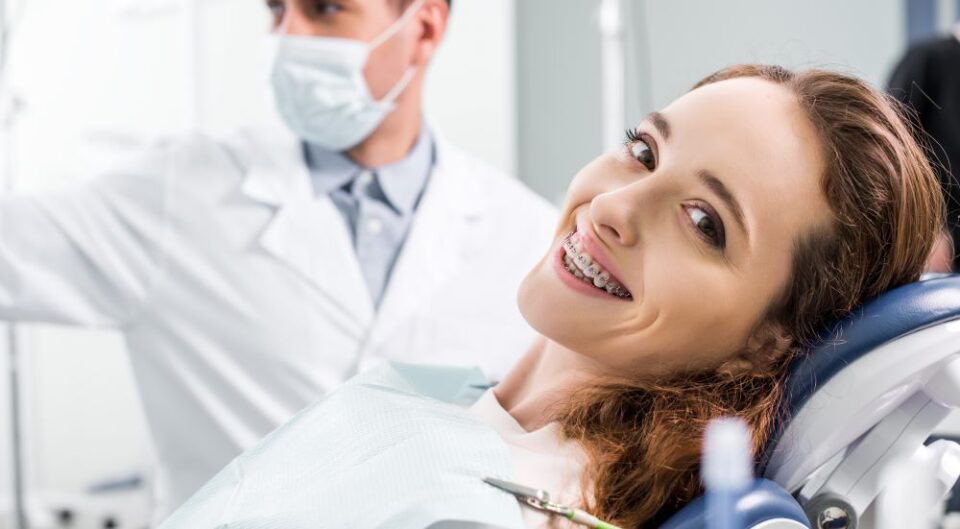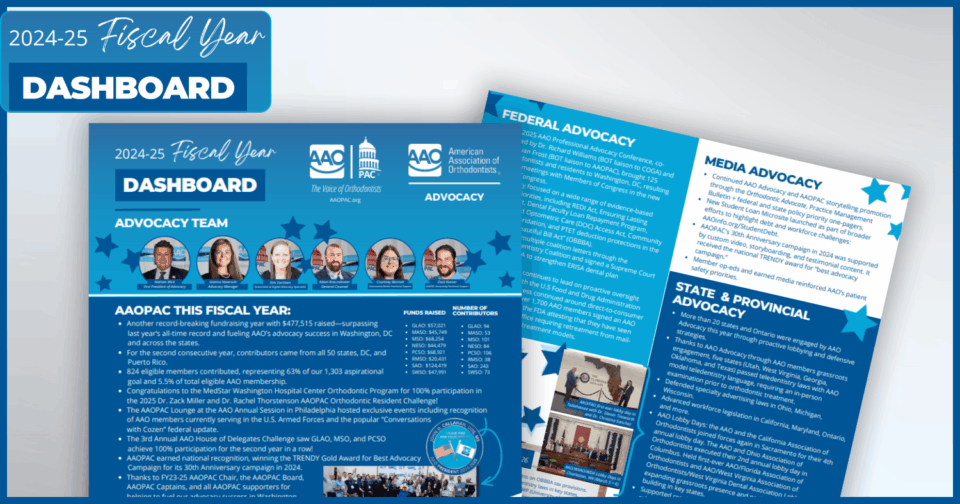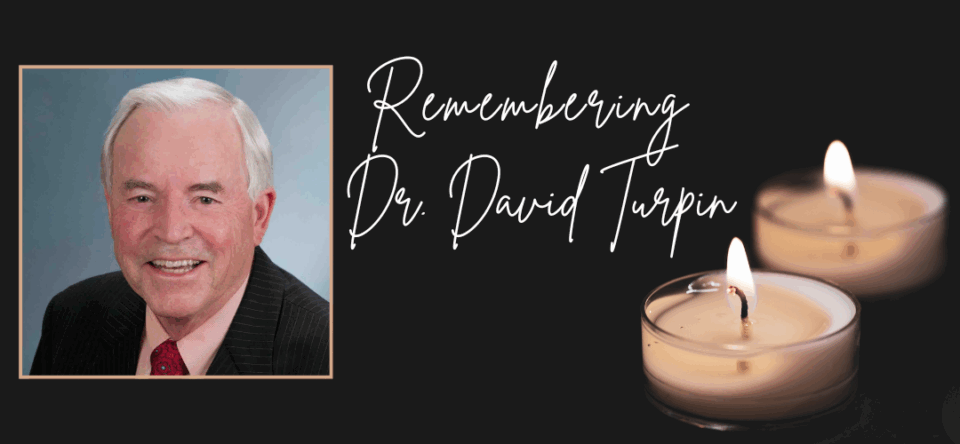by Dr. Dale Anne Featheringham
I am a meeting junkie. I’ll admit it. I am a nerd through and through, and love to go to CE meetings all over the country to learn more about orthodontics. In addition, I am a volunteer junkie. I love to be involved in both organized orthodontics and dentistry on a local, state, and national level. Through these activities, I get to cross paths with a lot of orthodontists, and get to hear their thoughts on the current state of the profession, and their opinions of the AAO.
Occasionally orthodontists will express their frustration with the AAO to me because they feel that the AAO isn’t doing enough to earn their dues dollars. Knowing what I know about the myriad of activity that goes on through the AAO on a daily basis to help improve the lives of practicing orthodontists, I am astounded and frustrated by their comments. I typically will try to politely inquire whether they have visited the website lately to see the abundant collection of resources and information that is available. More often than not, gentle probing reveals that not only have they not been to the website in, um, forever, they also haven’t read any of the publications that they get, they typically delete the emails that they receive from the AAO, and haven’t downloaded the AAO App that would keep them connected to the AAO world. Now I’m not pointing this out to be critical, but to make the point that it’s hard to know what is being done for your benefit if you don’t read or take the time to look into what is being done for your benefit.
Further discussion sometimes involves them making a comment about how they feel that they get more value from another, we’ll call it, “alternative” orthodontic organization. For comparison’s sake, I thought it would be interesting to take a look at these alternative orthodontic organizations (which I’ll refer to as AOOs) and see how they stack up to the AAO.
From my perspective the value of the AAO that sets it apart from AOOs lies in three main areas:
The AAO is a Volunteer-Run Organization
The AAO is run by private practice orthodontists and orthodontic educators who sacrifice time from their practices and teaching institutions to serve our members. AAO leadership provides comprehensive representation from all parts of the U.S. and Canada, and is comprised of non-political volunteers who don’t serve to personally profit from the advice given to members, the meetings held for members, or the products or equipment sold to members.
This is in contrast to AOOs, which are typically started and run by one/a small group of orthodontists, a dental consultant, a magazine publisher, a company, or by an orthodontist pushing a particular product or company. This concerns me, because I feel that it opens the advice given to members up to bias, and can be about other motivations than simply protecting the profession and its members.
The AAO is a Member-Driven Organization
The initiatives that the AAO works on are driven by grassroots concerns and ideas that come from our members. Through the comprehensive governance structure of local (state and provincial) components, regional constituencies, and our national structure, the AAO provides an efficient and effective way for an individual member’s idea to bubble up at the local level, and then be brought to the regional level where it is crafted into a resolution. That resolution is then taken to the national level through the House of Delegates, where it is refined and debated. If the resolution is adopted, it is then put into action through assignment to the appropriate council or task force, and the appropriate funding is assigned to be sure that the idea comes to fruition. Amazing. A great example of this is the Component Legal Support Fund, which developed in response to the fact that several states were facing challenging legal issues. This resolution created a fund to assist members when a legal issue comes up in their state. Examples of where the fund has been utilized include Texas, where it was used to deal with regulatory and litigation efforts regarding “specialty” advertising, and Minnesota, where the AAO helped draft revisions to the state’s specialty advertising laws to make sure that dentists advertising as “specialists” were truly specialists.
In contrast, the agendas of AOOs are typically set by a few people at the top that run the organization. This leads to less input from the membership as-a-whole, and again opens the agenda up to the bias of the small group of leaders and their underlying motivations.
The AAO is built for longevity, as the structures are in place to train new and younger members to keep a constant crop of emerging leaders in the pipeline. This is supported by initiatives such as the Emerging Leaders Conference, and the Leadership Network recently developed by the AAO. In addition to providing tools and resources to help develop young leaders, the Leadership Network will include a mentoring program that will be rolled out this summer. Information on it is available on…you guessed it…the AAO website.
AOOs, on the other hand, typically don’t have the extensive structures in place that the AAO has to train up new leaders to provide longevity for these organizations. What happens if the charismatic guru that founded the AOO decides to move on to something else?
The AAO Provides a Comprehensive Menu of Resources and Services
Not to beat a dead horse, but a trip to the AAO website reveals the astounding amount of information and resources available to members. The AAO offers comprehensive support to practicing orthodontists. This happens through the departments at the AAO, including a full-service insurance department to help navigate through insurance issues, and a legal department to help when legal issues arise. These resources are also provided through the many councils of the AAO that do a ton of work on issues that arise in their respective areas. These councils allow volunteer leaders to address any concern that would arise from a member that has the potential to impact any aspect of orthodontic practice.
One of the biggest benefits that the AAO provides, that members often don’t think about, is advocacy. Through the diligent work of our in-house AAO legal team, our lobbying team in D.C., and the Council on Governmental Affairs, legislative issues that could impact our professional and our practices are continually monitored, strategies developed, and our message carried to our leaders in Congress. I attended the AAO Advocacy Conference in Washington, D.C. in February, where we advocated for issues such as: raising the FSA contribution level from $2,600 to $5,000 per year, improving student loan debt repayment conditions, improving the climate for small business through tax reform and allowing associations to offer group health insurance at reduced rates. I was impressed by the level of work and organization that occurs to schedule our congressional meetings, prepare us for our Capital Hill visits, and build relationships with members of Congress.
The AAO, with our team of lobbying experts, is perfectly positioned to provide effective advocacy for our members. As individual orthodontists, we would be powerless to advocate for ourselves. But through the resources of our Political Action Committee, and the large-scale organized effort of the Advocacy meeting, our members’ interests are effectively represented.
AOOs do not provide any advocacy for members. Without the AAO, our members are left vulnerable to legislation that can negatively impact us as healthcare providers and as small business owners.
Conclusion
In summary, you may think that I have a negative view of Alternative Orthodontic Organizations. I don’t. I believe that they provide great insights, new ideas, interesting CE, and another forum for the exchange of ideas. I think that they are a valuable compliment to the AAO, and are a wonderful addition to the world of orthodontic information and professional development. My concern is when I hear them offered as a substitute or a replacement for the AAO. They aren’t. They don’t provide a fraction of the comprehensive resources that the AAO provides. They don’t have a governance structure that allows all to be heard, and provides for longevity of the organization. They don’t provide for geographically based leadership by volunteers that have nothing to gain but the satisfaction of knowing that they did something to better our profession. They don’t advocate to protect the specialty that we all dearly love.
In short, supporting the AAO matters. There is no better “alternative” as we face the challenges and opportunities of the changing profession of orthodontics
Dr. Featheringham, of Mansfield, Ohio, is the current president of the Great Lakes Association of Orthodontists. The above article first appeared in the GLAO eNews (May 10, 2017).



